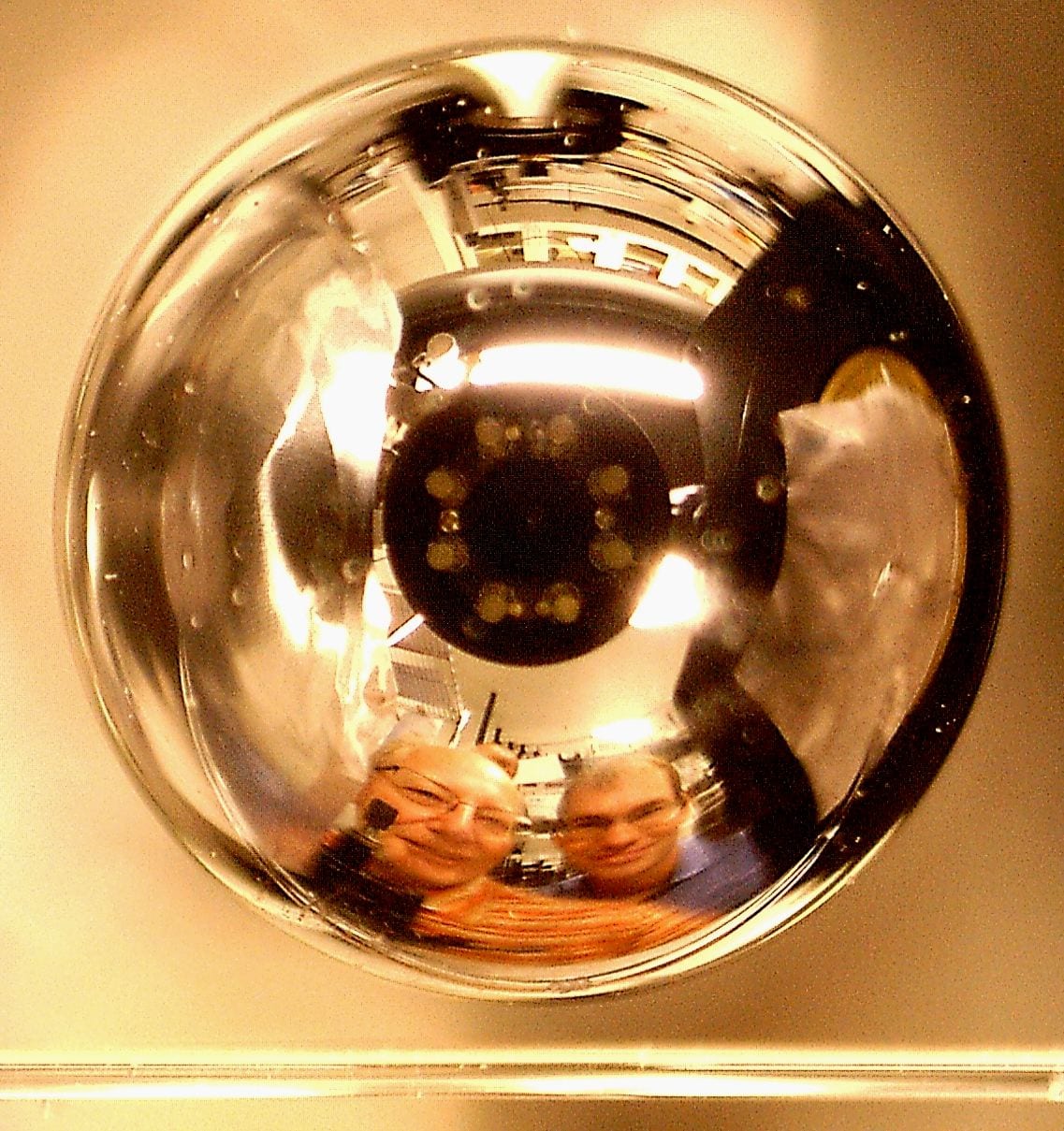Research Overview
Terahertz Science and Technology
Terahertz (THz) radiation is the focus of an active and fast growing research community. Located in the electromagnetic spectrum between the microwave and infrared band, Terahertz radiation provides numerous possibilities for science and technology alike. Fundamental processes like e.g. phonon excitation as well as inter-band transitions in condensed matter and rotational transitions of molecules in gases are present in this frequency range, providing a variety of applications for sensing and imaging. Moreover, Terahertz radiation is the key to the much-needed ultra-fast wireless communication.
Our Research is centred around the development and characterization of THz whispering-gallery mode resonators and THz waveguides. We have access to both a versatile THz time-domain spectroscopy system and a cutting-edge continuous wave THz spectroscopy system. We also perform extensive numerical analysis using a variety of finite-difference time domain and finite-element method software packages as well as in-house written software.
We are also part of the Dodd-Walls Centre (DWC) which is one of 10 well-funded ‘Centres of Research Excellence’ in New Zealand. This is not only a a source of funding for equipment but also offers PhD scholarships and Travel Grants. Furthermore, because of the DWC, we are part of a large infrastructure that allows us to pursue projects that would be beyond our own capabilities (e.g. DRIE, turning of disc-shaped microresonators, …). We are collaborating with other researchers like Miro Erkintalo, Stuart Murdoch, and Harald Schwefel (University of Otago) to increase our expertise in different areas.
Terahertz Whispering-gallery Mode Photonics
High-Q devices with very narrow spectral features operating in the THz frequency range are essential to fully exploit this unique frequency range. Potential applications are for example highly sensitive sensors and very narrow-band filters for ultra-fast THz wireless communication. Despite an on-going effort, quality (Q) factors higher than 1000 are hardly achieved.
We exploit the concept of whispering-gallery modes to achieve compact ultra-high Q devices operating in the THz frequency range. The THz WGM resonators show unprecedented ultra-high Q-factors of up to 22,000 and provide excellent opportunities for integrated THz photonic systems. Our results manifest a significant advancement towards the development of high-Q THz devices.
Moreover, the coherent detection scheme of THz spectroscopy allows easy access to both the amplitude and phase of the THz WGMs, providing intriguing insights into the rich physics of WGMs.
Hilbert Transformation for Continous Wave THz Spectroscopy
Continuous Wave (CW) THz spectroscopy systems based on photomixing have been rapidly evolving in the last years. Nowadays, CW THz spectrometers spanning a bandwidth of almost 3 THz, with a step size of < 2 MHz are commercially available. The advancing technology provides the vital base for the venture of THz radiation into various new fields. In particular, the high frequency resolution combined with the coherent detection of THz radiation provides a powerful tool for many applications, including the characterization of the high-Q THz WGMs.
Our group introduced Hilbert transformation as a powerful tool to analyse CW THz spectroscopy measurements. In particular, we have shown that the Hilbert transformation can be applied to the amplitude and phase characterization of resonance features much narrower compared to the carrier frequency. This observation is in stark contrast to the general conception that the Hilbert transformation is only applicable to signals with a slowly varying envelope compared to the carrier frequency. We expect our findings to significantly facilitate the analysis of resonant structures in the THz frequency range, as the Hilbert transformation provides significant advantages compared to the existing data analysis.
Terahertz Waveguides
Waveguides for the terahertz (THz) frequency range are essential for applications and devices like THz near-field scanning optical microscopes, THz quantum-cascade lasers, imaging, as well as information and communication technologies. The main challenge in designing broadband, low loss, and low dispersive THz waveguides is related to the high material absorption at those frequencies.
Our group is developing novel structures to provide broadband, low loss, and close-to-zero dispersion guidance for THz radiation. In our designs we explore novel loss-loss materials as well as taking advantage of cutting-edge fabrication technologies like fibre drawing and 3D printing.
Terahertz Optics
Imaging of THz waves is usually achieved using off-axis parabolic mirrors (OAPMs) since spherical lenses are not appropriate because of the large beam diameters associated with THz radiation. Furthermore, due to the large wavelength, the spatial resolution (which is directly related to the focal spot size) is limited.
In order to achieve very small spot sizes – regularly required for our research – we developed specially designed symmetric-pass (s-p) polymer lenses. The lenses have a much higher numerical aperture (NA) and spatial resolution compared to standard OAPMs. We have demonstrated a s-p lens with a NA of 1 and a sub-wavelength resolution of 0.7λ.



